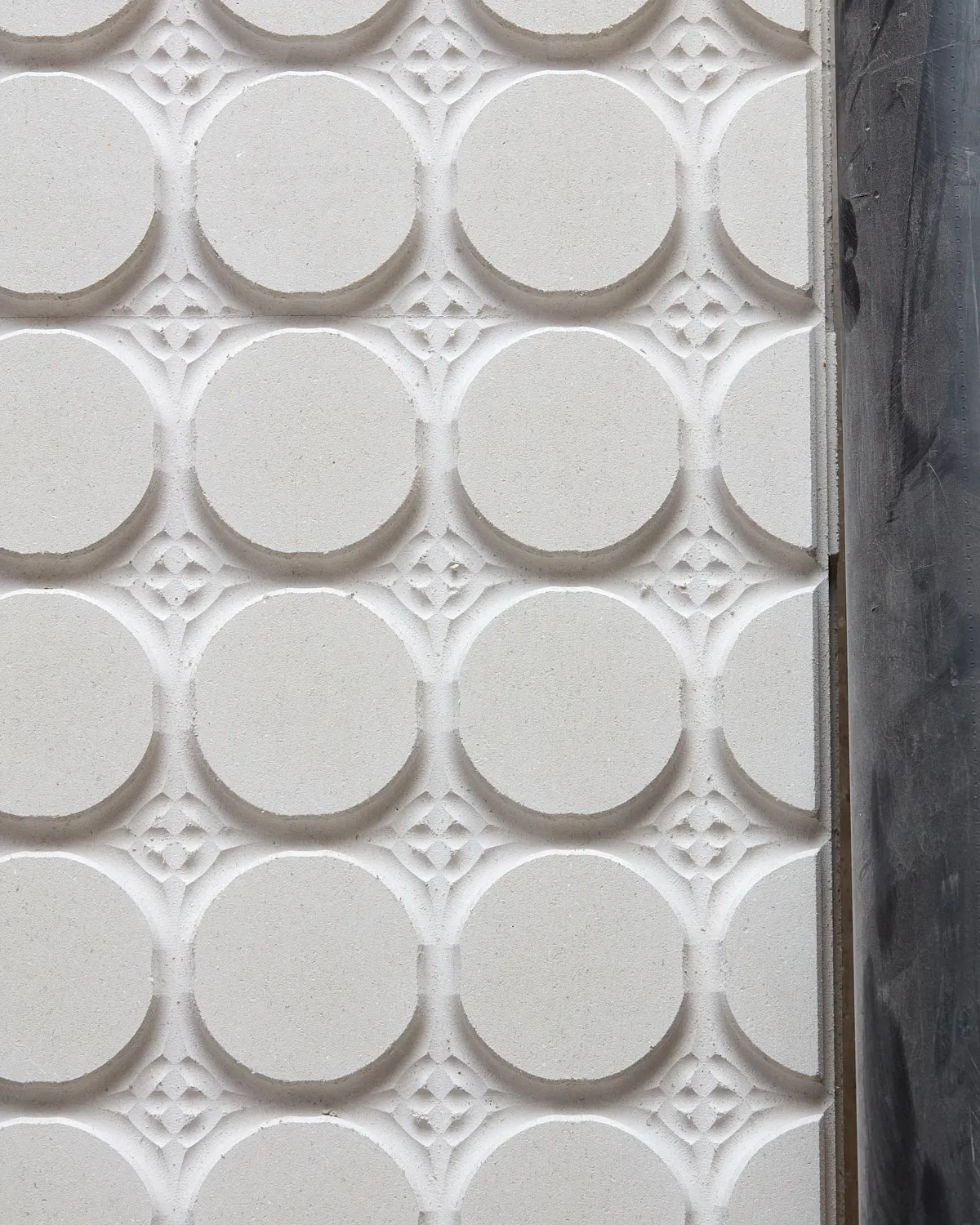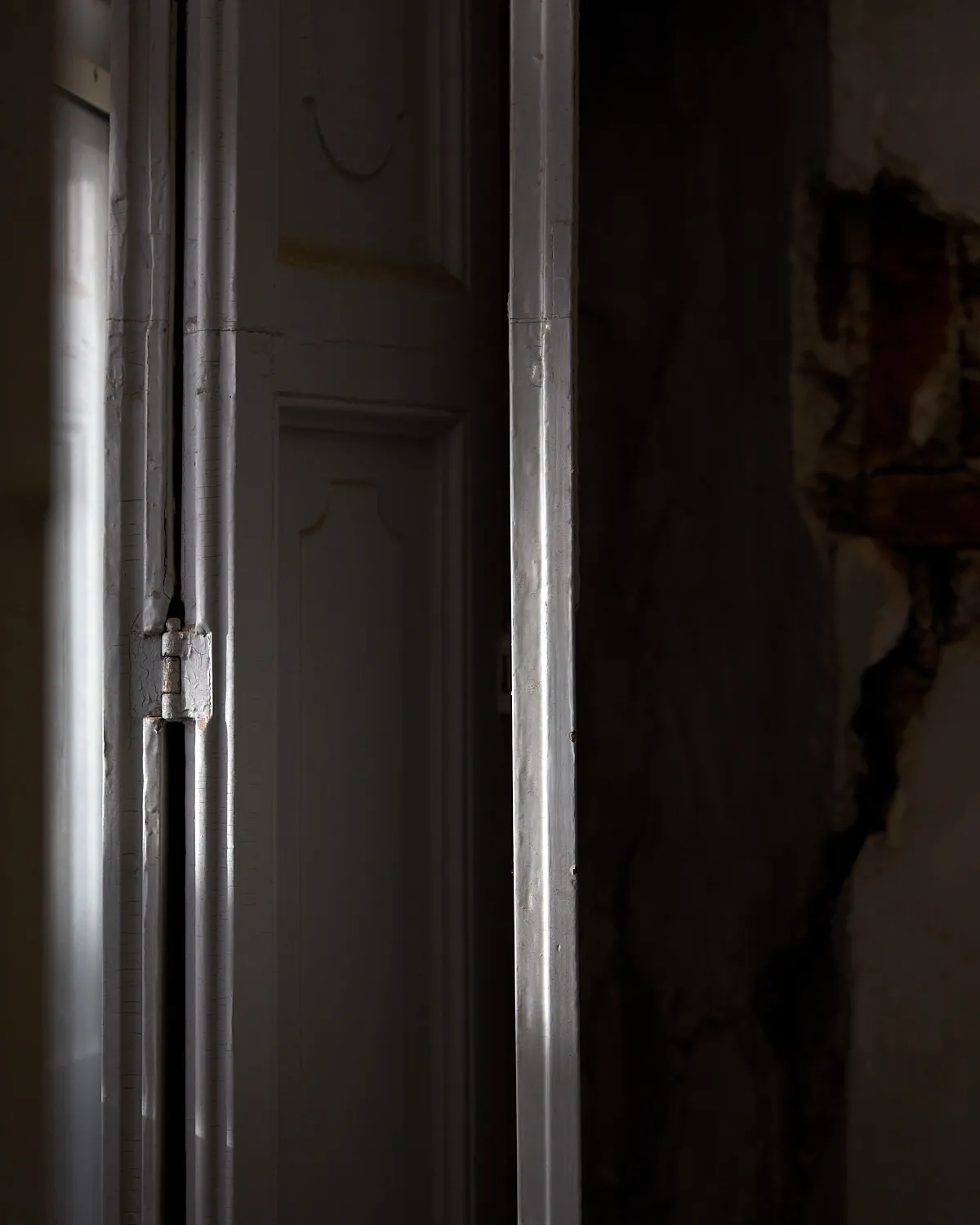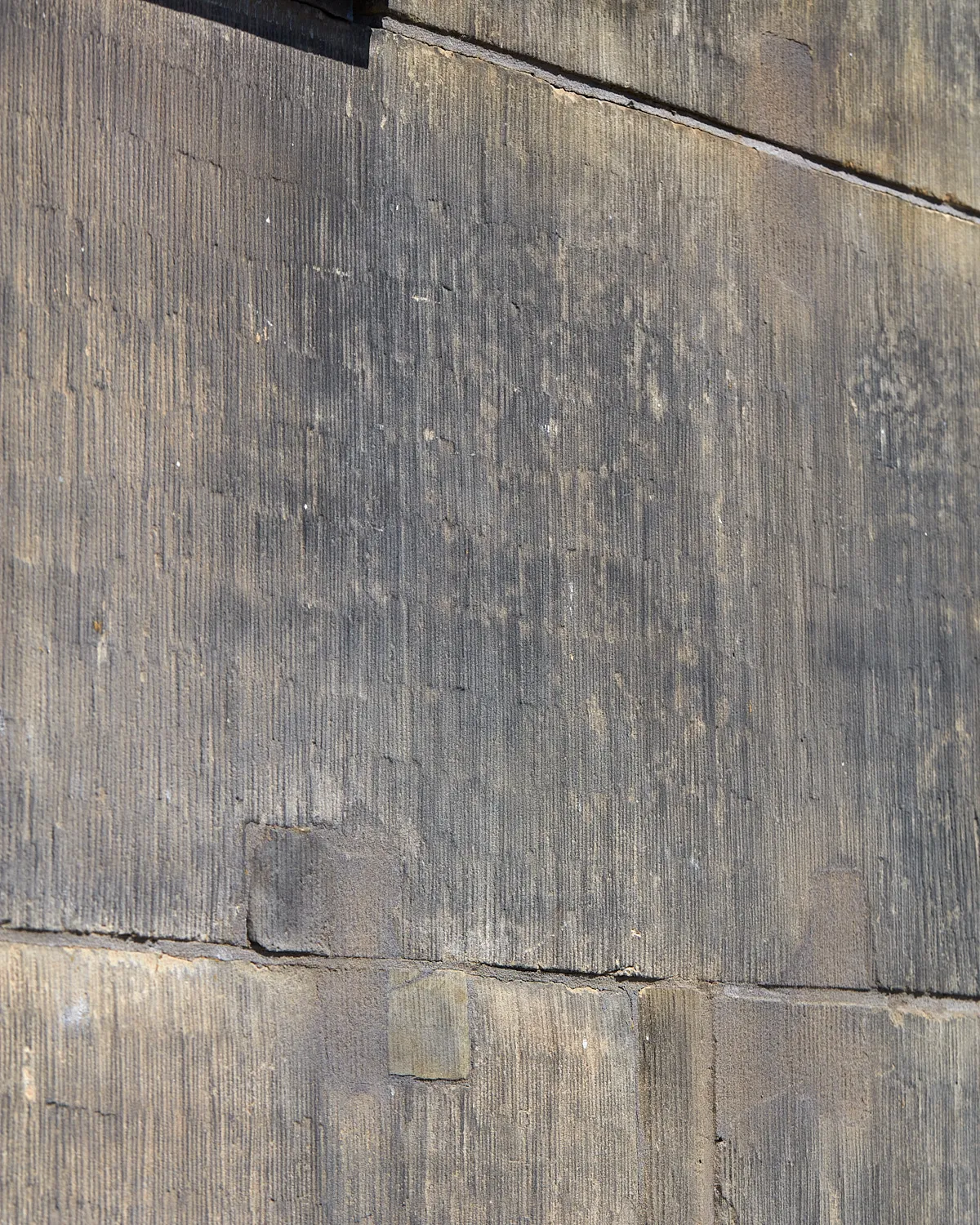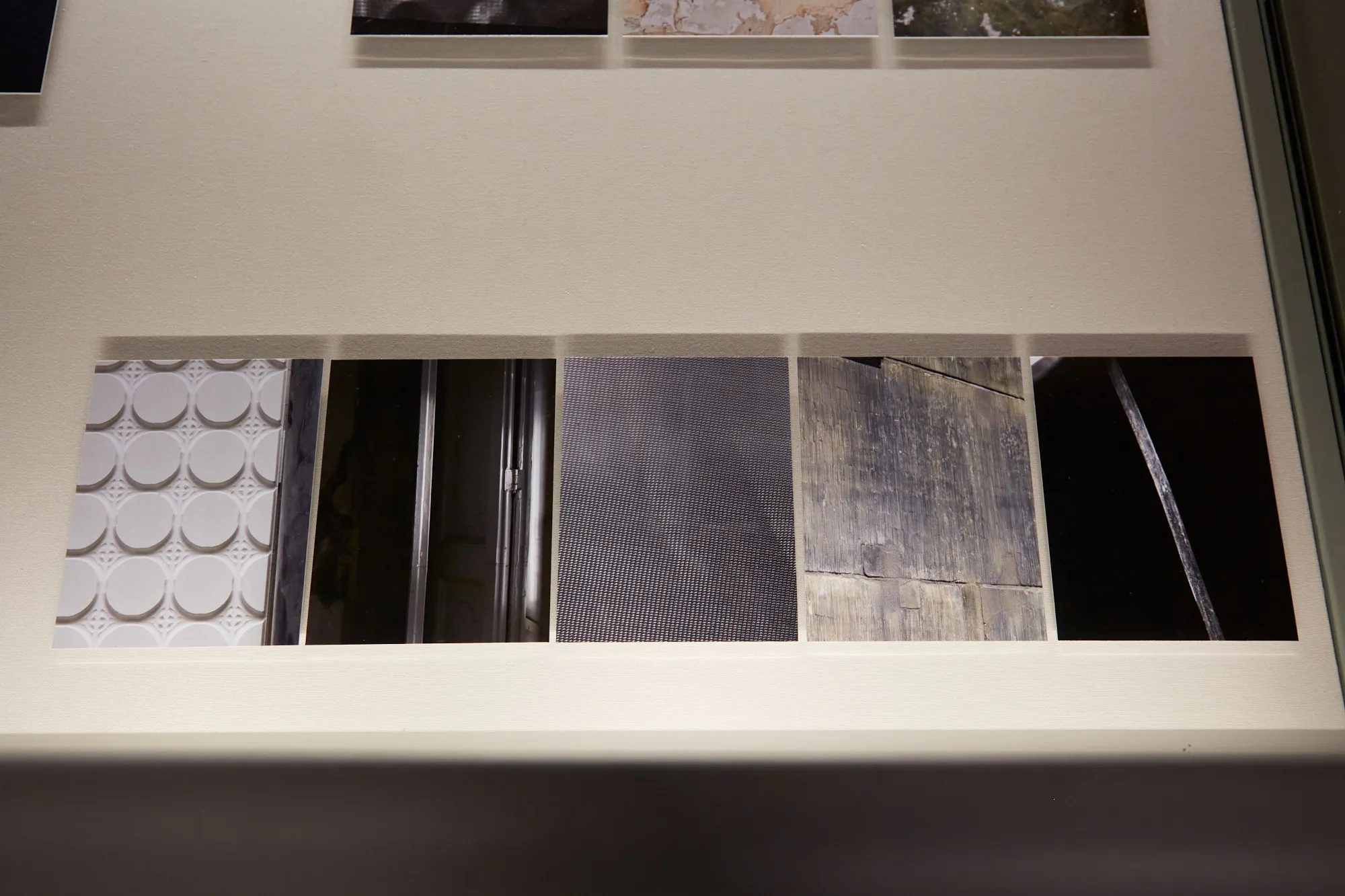Pieter Teylers Huis – exhibition
Details
Teylers Museum is the first and oldest museum in the Netherlands. It is built next to the house of Pieter Teylers.
This unique, 18th-century former house of the founder of Teylers Museum has been thoroughly restored since 2013.
Commissioned by the museum Johan Nieuwenhuize was the first ‘artist in residence’ to portray the last two years of the restoration. The purpose of this project was twofold. First of all, it was an art assignment: Nieuwenhuize was given free rein to take his own photos in the house in order to create a book about the house. He also made documentary photos to record the progress of the restoration.
This resulted in a large series of reportage photos and a database with detail images that show historical layers and temporary elements in the house.
The database with detail images forms the starting point for an extensive artist book that was designed in collaboration with data scientist Robin van Emden and designer Welmer Keesmaat.
The public ranked these photos as “emotional” or “rational” through an online image survey. This question was related to the transitional period between the rationalism of the Enlightenment and the emotion of Romanticism: the birthplace of Teylers Museum. The outcome of this research was literally copied by designer Keesmaat as basis of the edit of the book “Pieter Teylers Huis”.
The book contains texts by Marjan Scharloo and Robin van Emden. The latter can be read below.
The project was on display in Teylers Museum from 20 November 2021 to 15 May 2022.
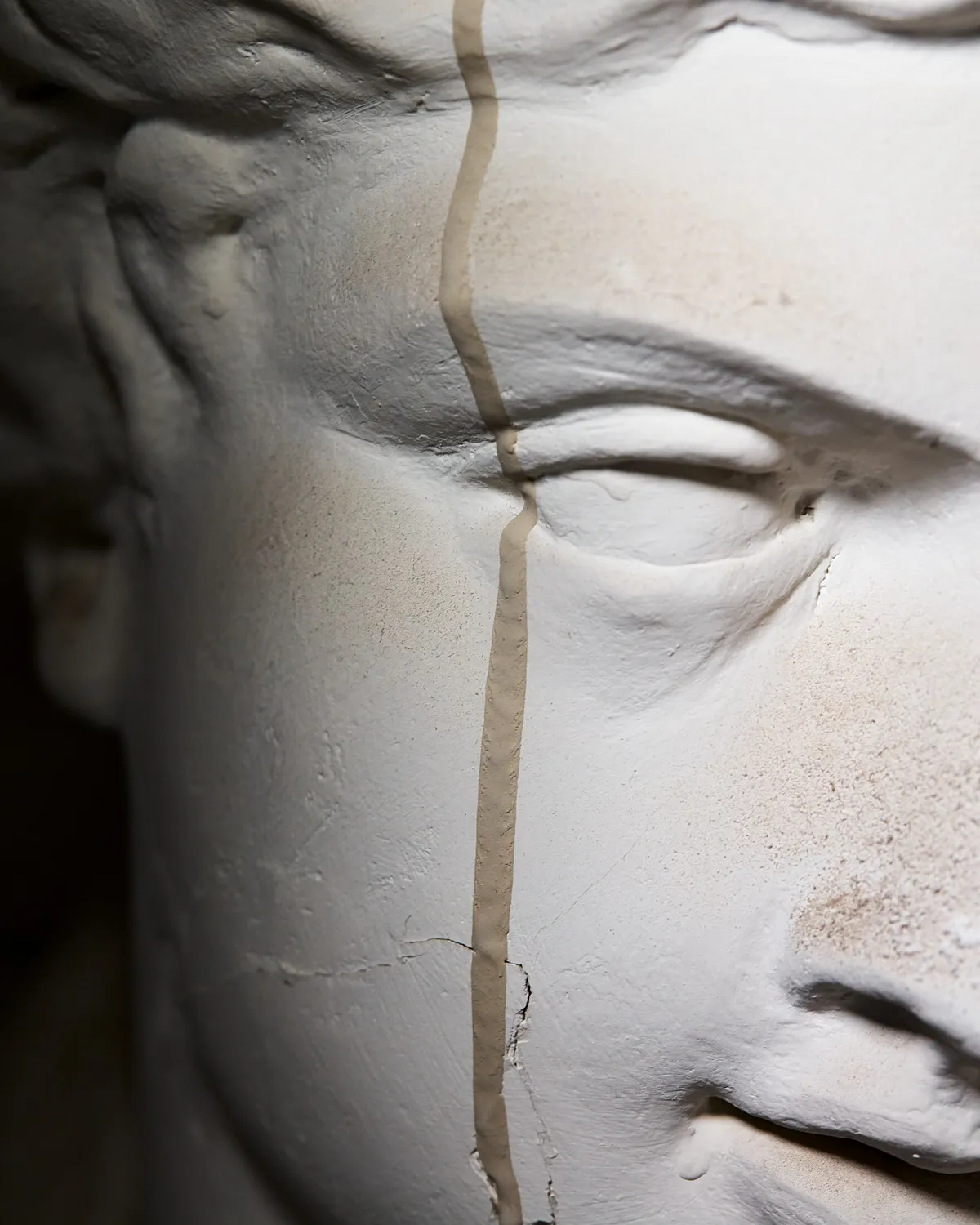
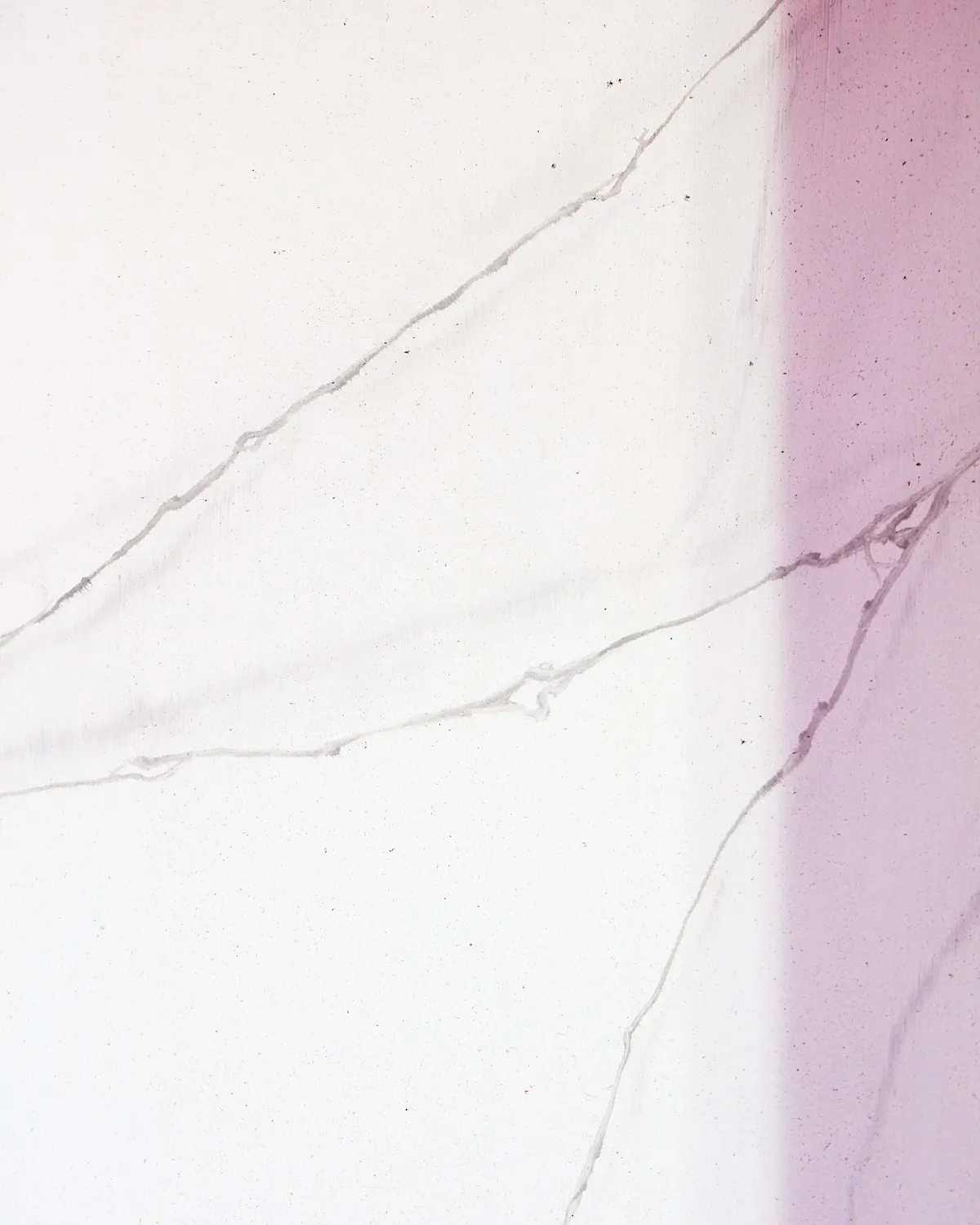
Shared Emotions
By Robin van Emden
Art exists at the intersection of individual and shared experiences and emotions. It demands individual interpretation and introspection, but it also facilitates the sharing of feelings and experiences with one another. During the recent Covid pandemic, however (which largely coincided with the development of this book), in which social interaction for most of us was necessarily limited to room-mates, pets and houseplants, there appeared to be very little space left for shared experiences of art and culture. So when the Teylers Museum requested that Johan Nieuwenhuize document, in photographs, the restoration of Pieter Teylers House in Haarlem, the home of the oldest museum in the Netherlands, this conferred a fantastic opportunity.
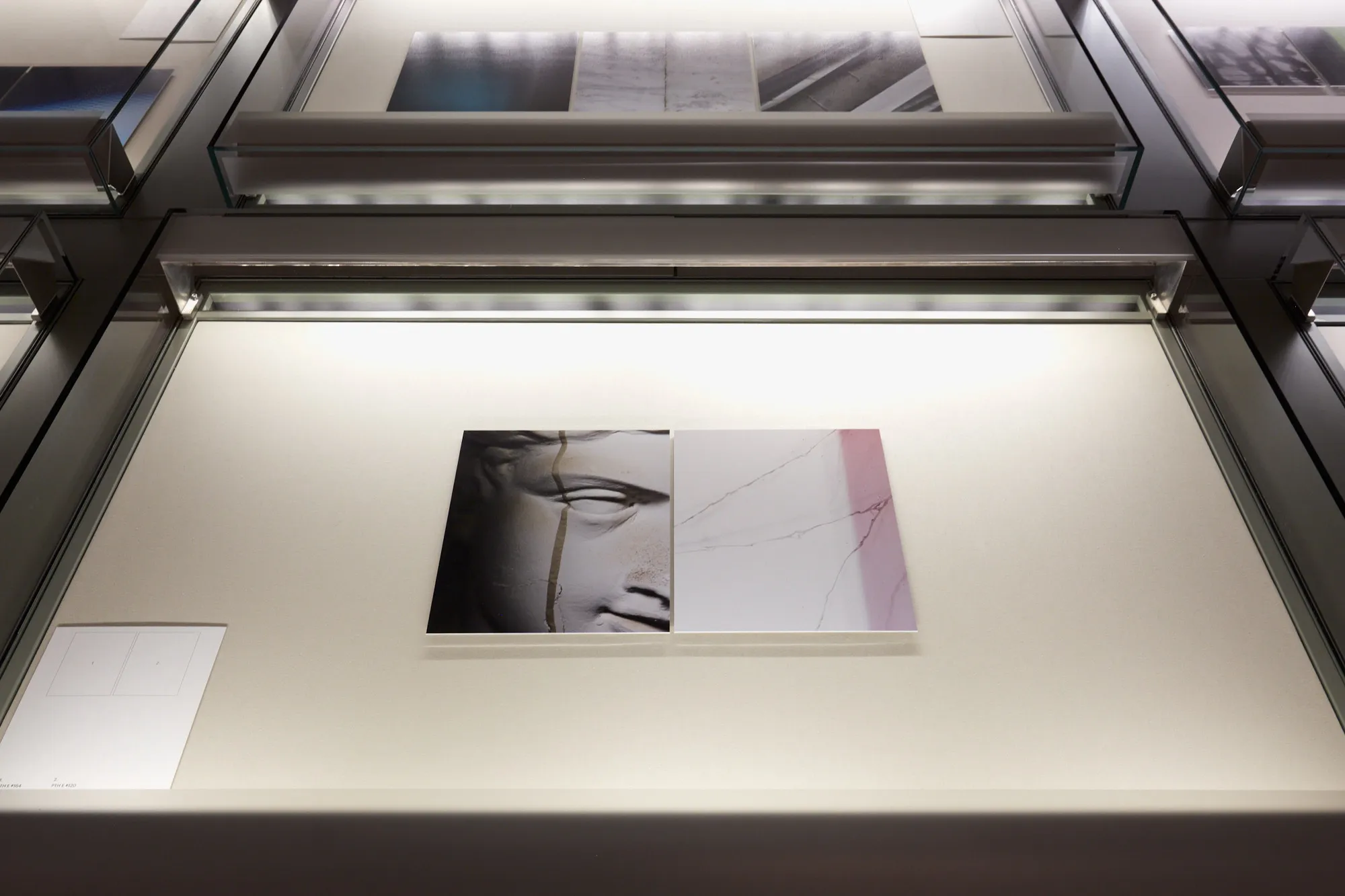
With its roots in the Enlightenment and Romanticism, and its unique collection of both science and art, the Teylers Museum is an ideal location to research the balance between the shared and the individual experiences of reason and emotion in relation to art and culture. Niewenhuize’s technically-perfect photographs, taken over a period of two years during the restoration, also formed the ideal stimulus for an online experiment.
For this experiment, a selection of 220 relatively abstract photographs of details, taken by Nieuwenhuize during the restoration of the Pieter Teylers House has been uploaded to a database. Via social media, interested parties were then asked to visit a website which presented them with a questionnaire. The questionnaire randomly selected thirty of the 220 photos for each of these participants, asking them to indicate whether he or she experienced each of the selected photographs as more rational or more emotional.
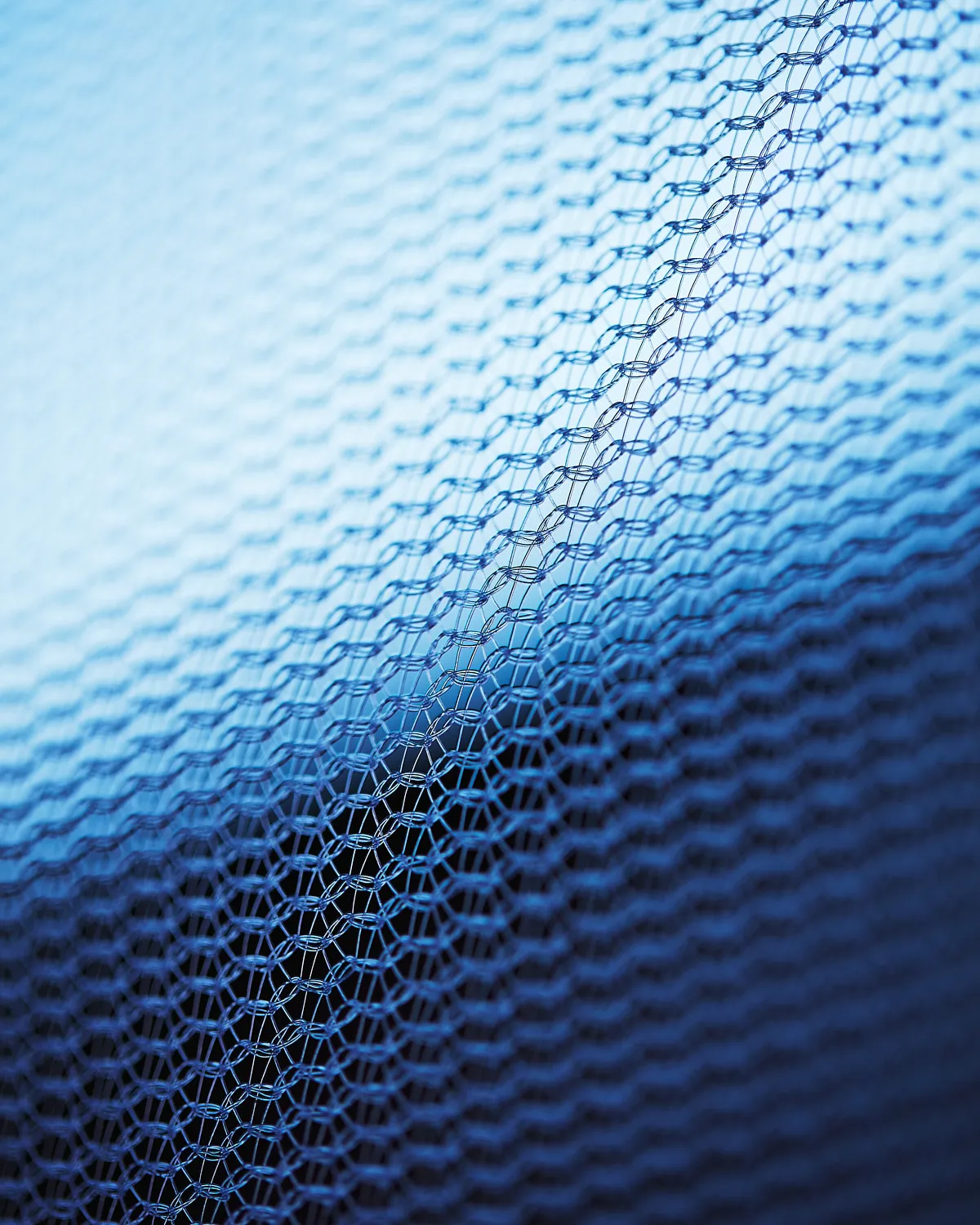
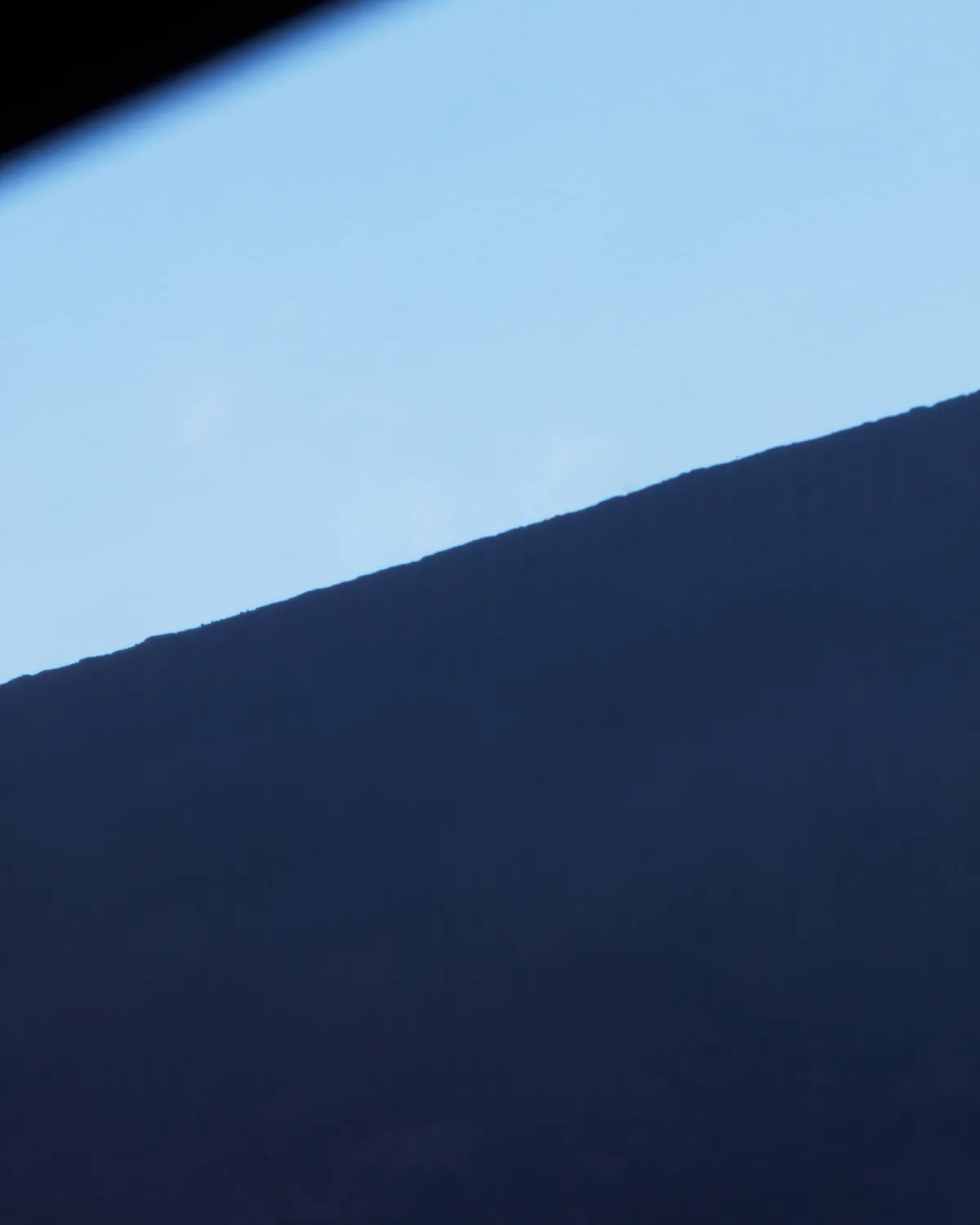

A total of 802 people each assessed thirty random photographs. When a smaller subset of the participants was asked about their experience, it transpired that they had not found it easy to categorise the photographs meaningfully. Labelling a photograph as rational or emotional seemed, in retrospect, to have been more of an arbitrary choice than a measured decision. Most of those participants indicated that they did not expect that the emotions they had selected would be shared by others.
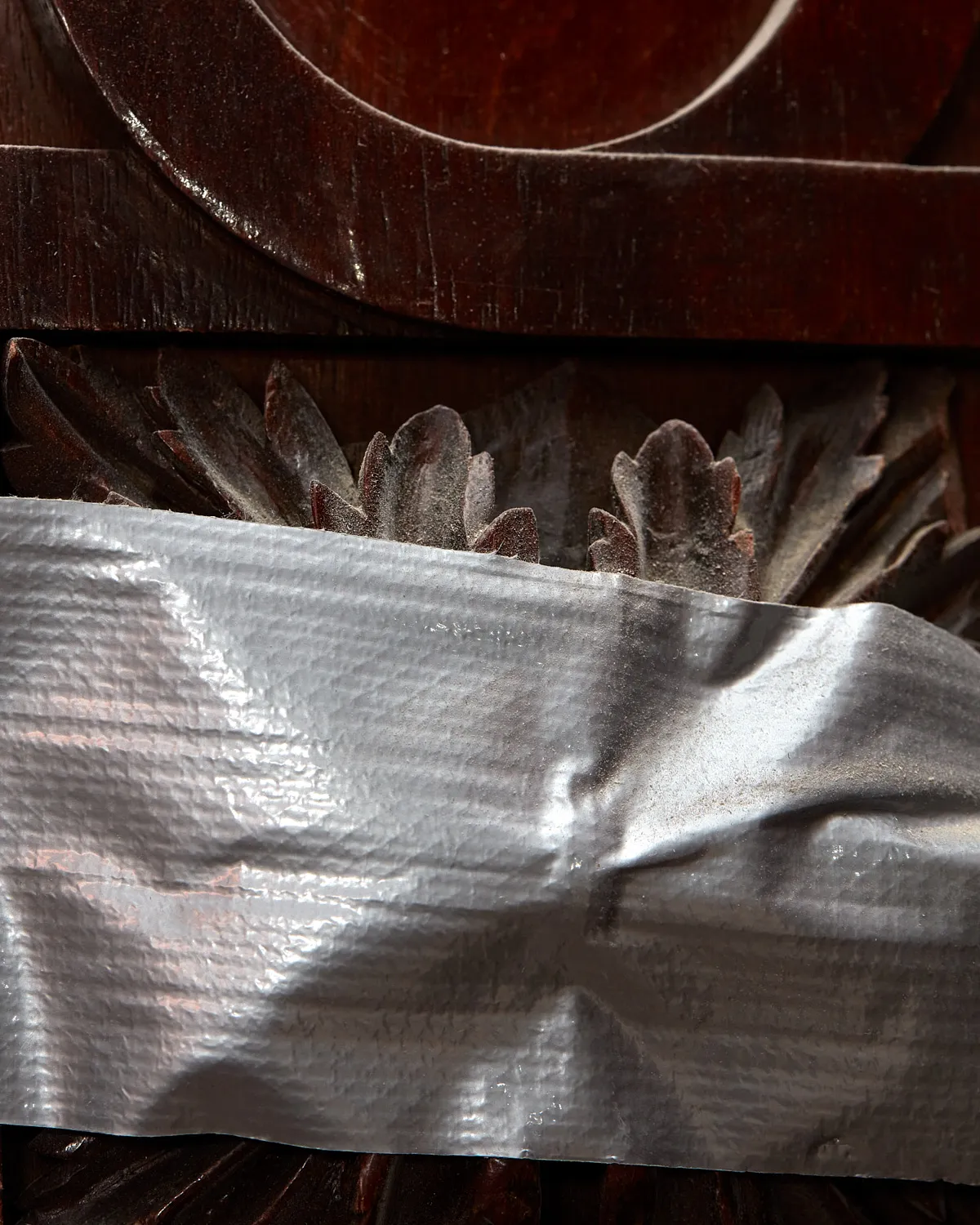

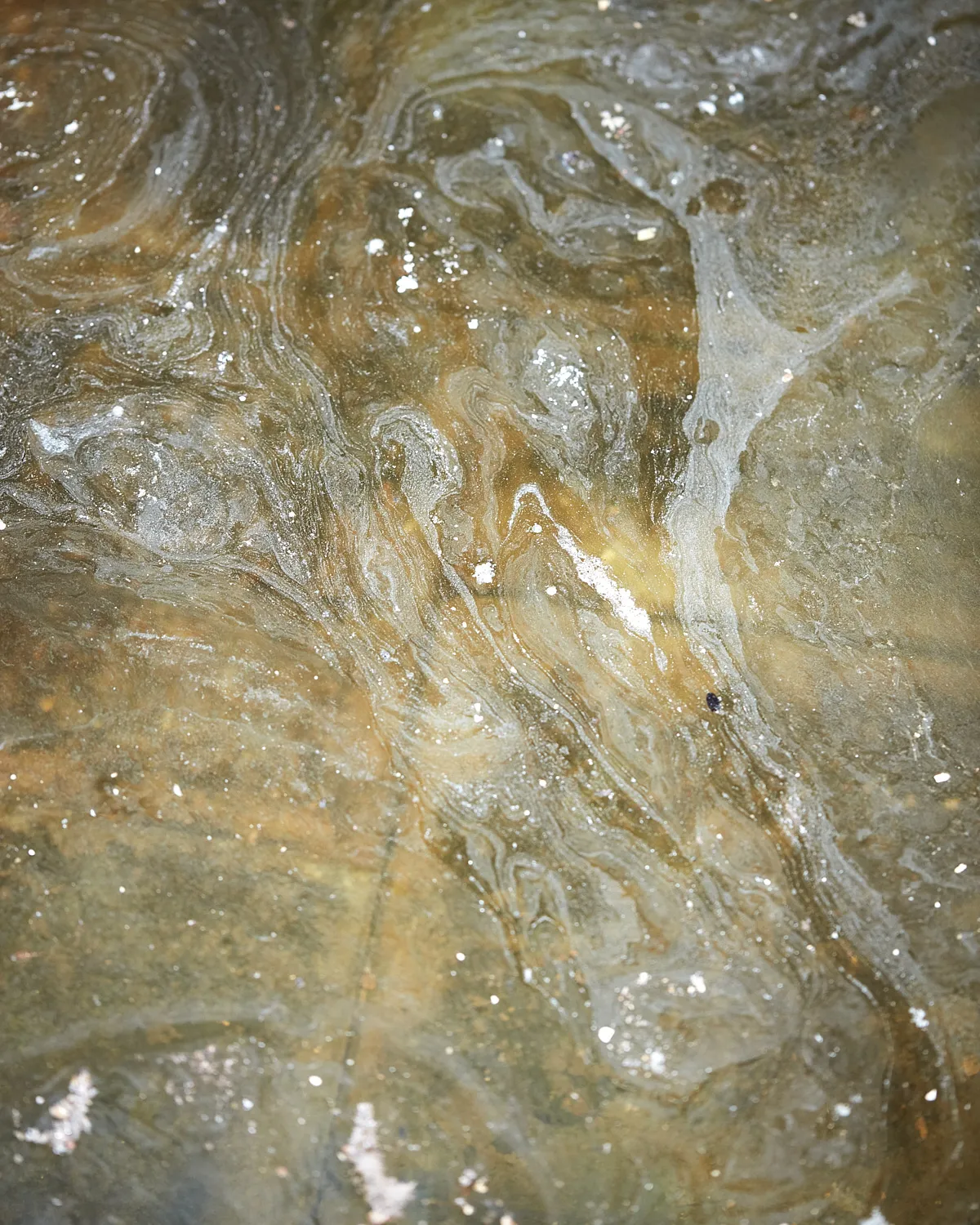
Emotions can enrich one’s experience of a work of art in many ways. At least three levels of analysis have been established and written about: (a) individual subjective perception – based on the ability of one’s emotions to motivate yourself internally; (b) social – our ability to assess and share in other people’s emotions towards objects; and (c) automatically assigning value to particular objects and events. It is generally believed that works of art can address each of these three mechanisms, enabling art to move us; to convey an artist’s feelings and message; and to make us experience art as valuable.*
* Li, N., Liu, B., Han, Z., Liu, Y. S., & Fu, J. (2019, June). Emotion reinforced visual storytelling, in Proceedings of the 2019 International Conference on Multimedia Retrieval (pp. 297-305)
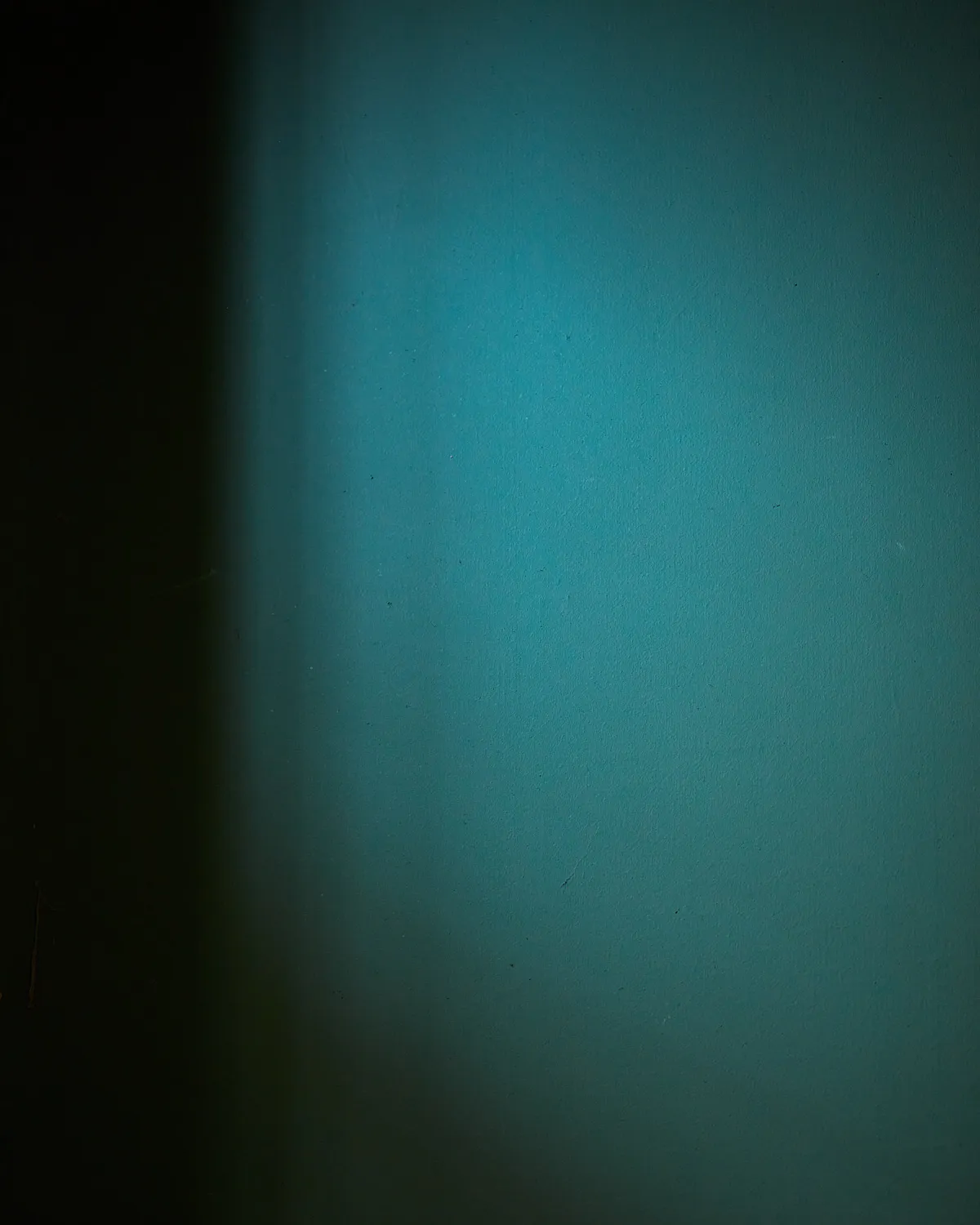
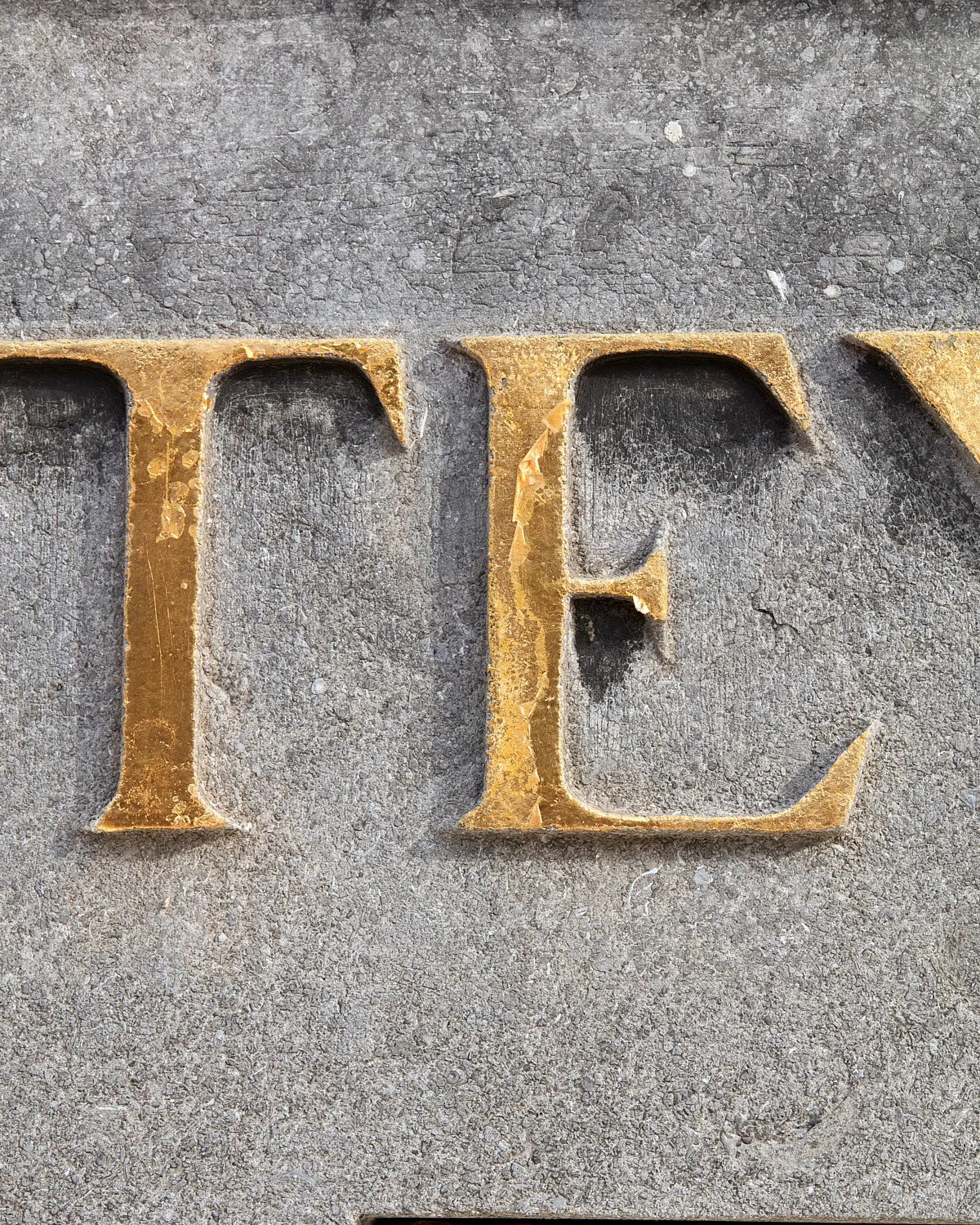
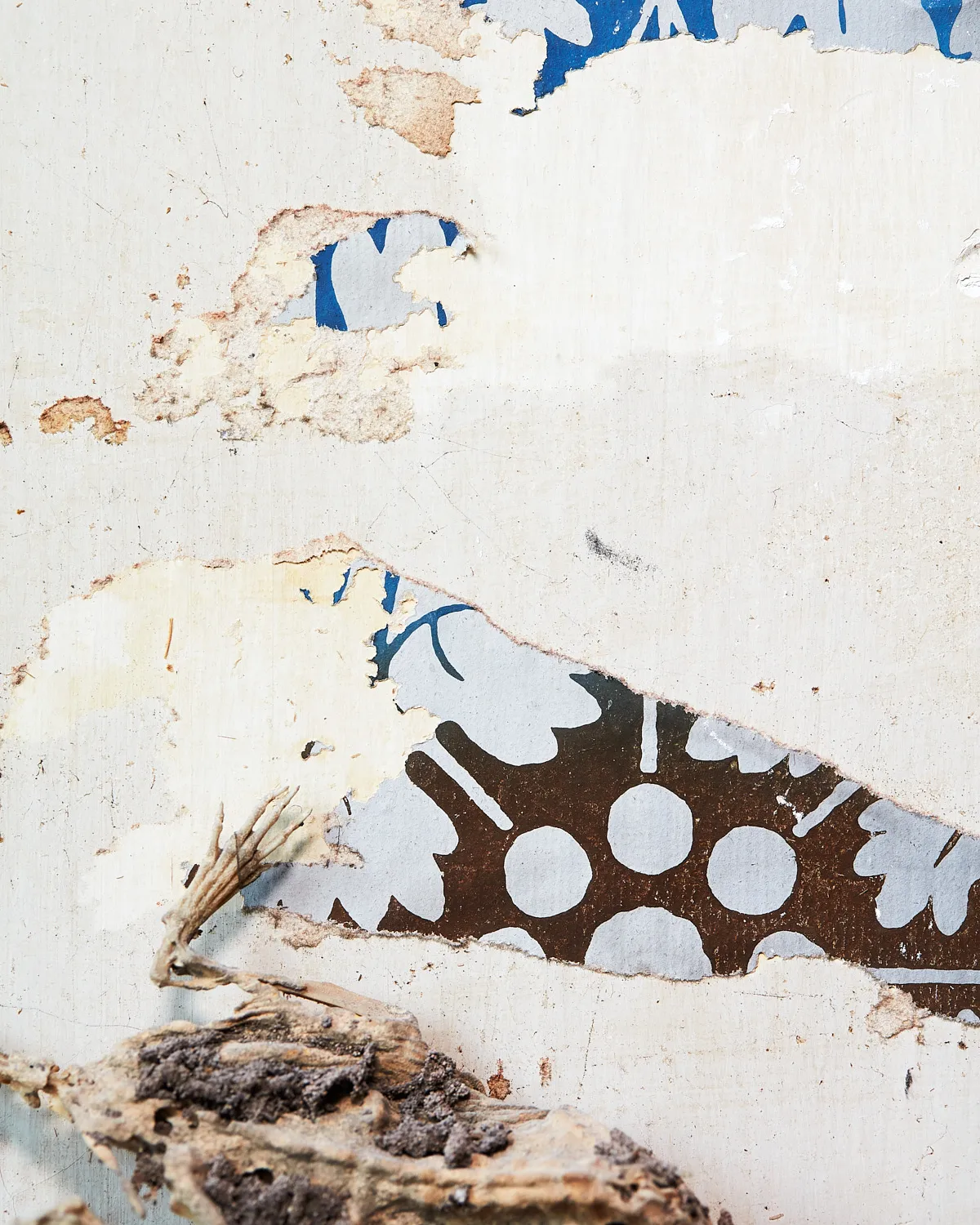
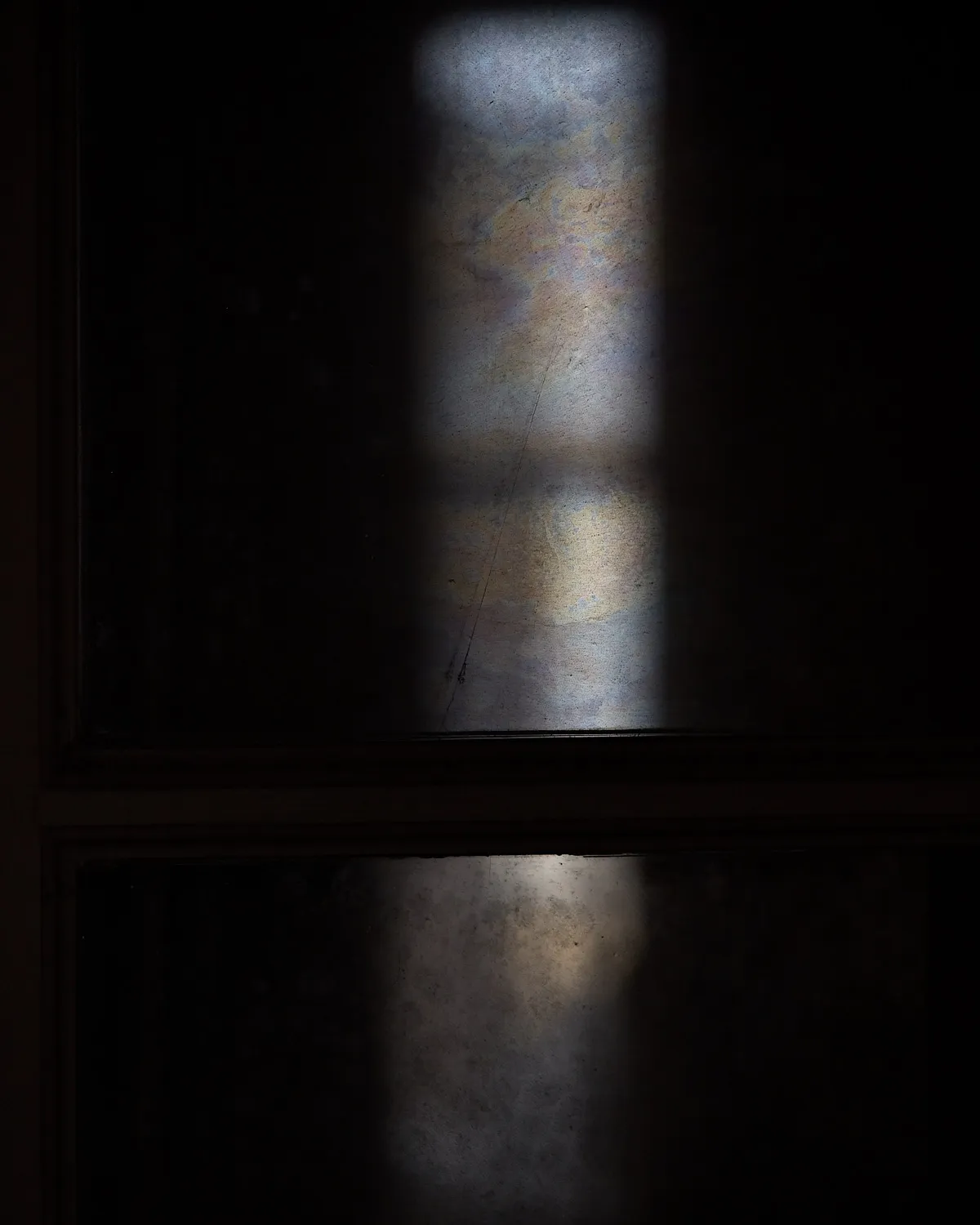
As for the importance of, in particular, the first two of these levels of analysis – for decades there has been an ongoing debate about how, in particular, abstract art might express emotion. Some artists and art scholars argue that such art has, primarily, an objective, quasi-universal quality that enables such works to evoke homogeneous emotional expression, whereas others argue that the emotional response to abstract art is largely subjective.
If a unique, unshared, subjective experience per individual were used to determine the categorisation of Nieuwenhuize’s photographs, one would expect that each photograph in this experiment would, on average, be labelled rational as often as it is labelled irrational. If, on the other hand, some universal criteria determine the subjects’ choices, one would expect that some of the photographs would be judged emotional by all subjects, whilst others, rational.
Although the subjects in our small sample all believed they had made personal, subjective and hard-to-explain choices, our statistical analysis of the resulting data showed the opposite to be the case: for the majority of the photographs, most subjects were entirely in agreement with one another.
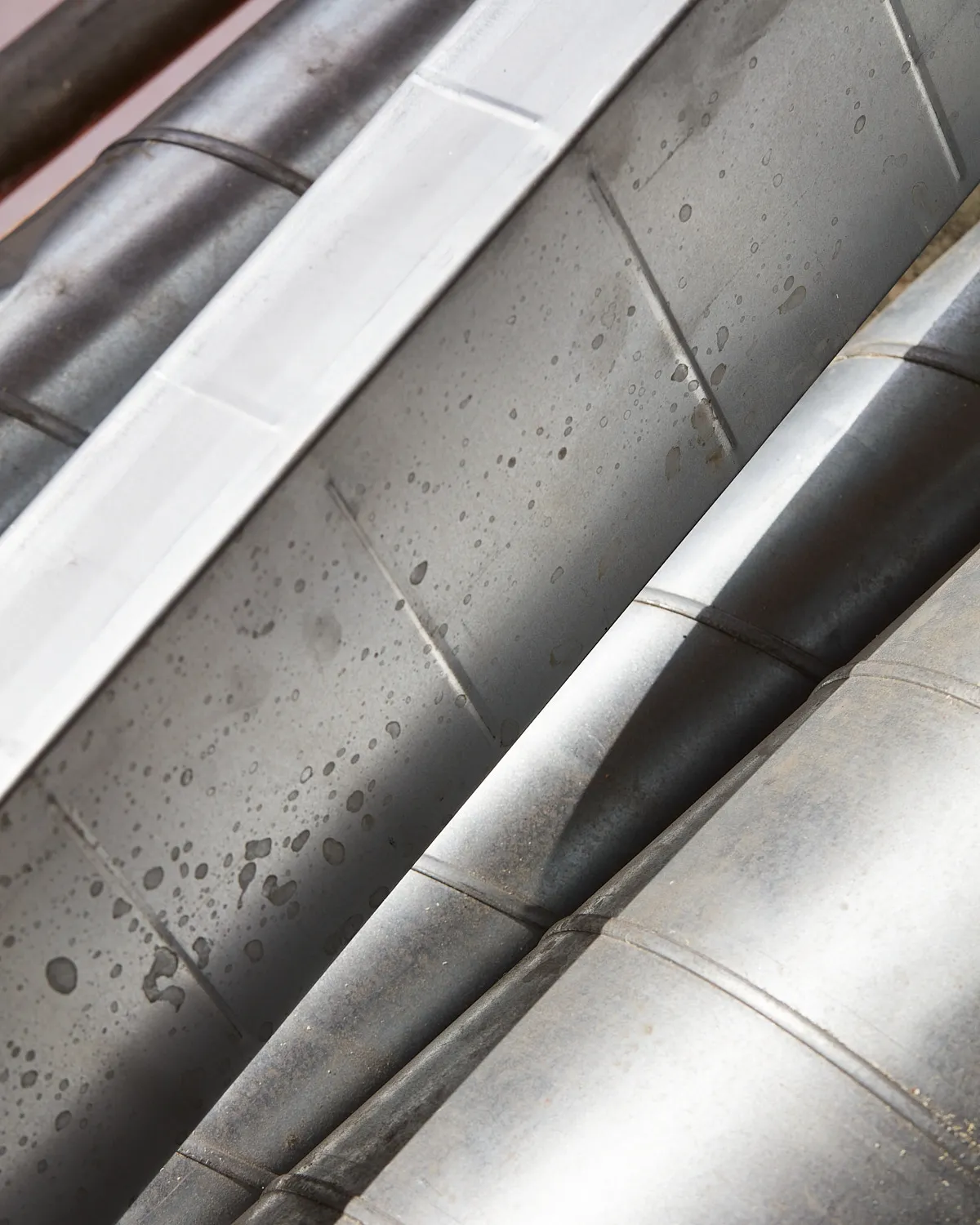
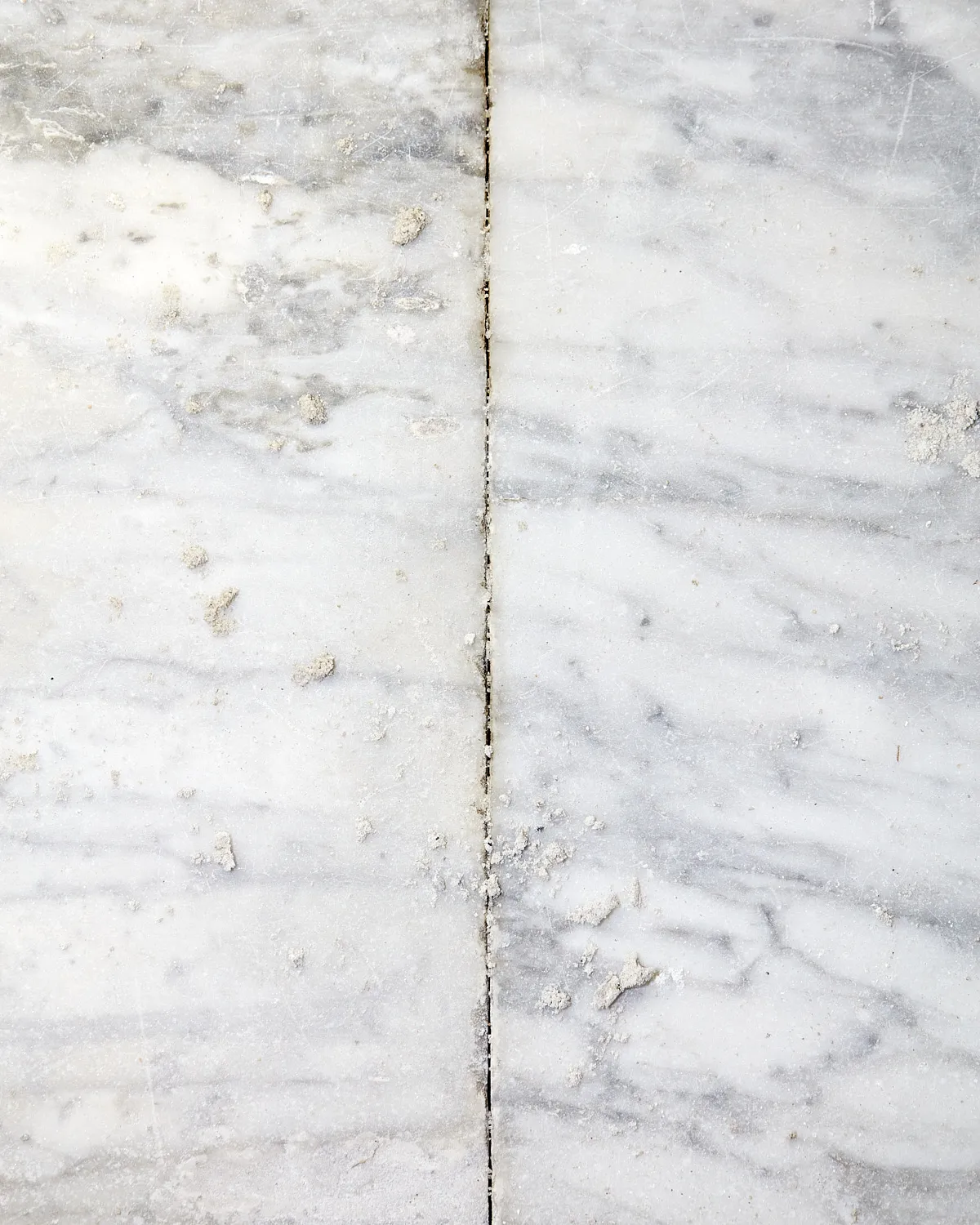
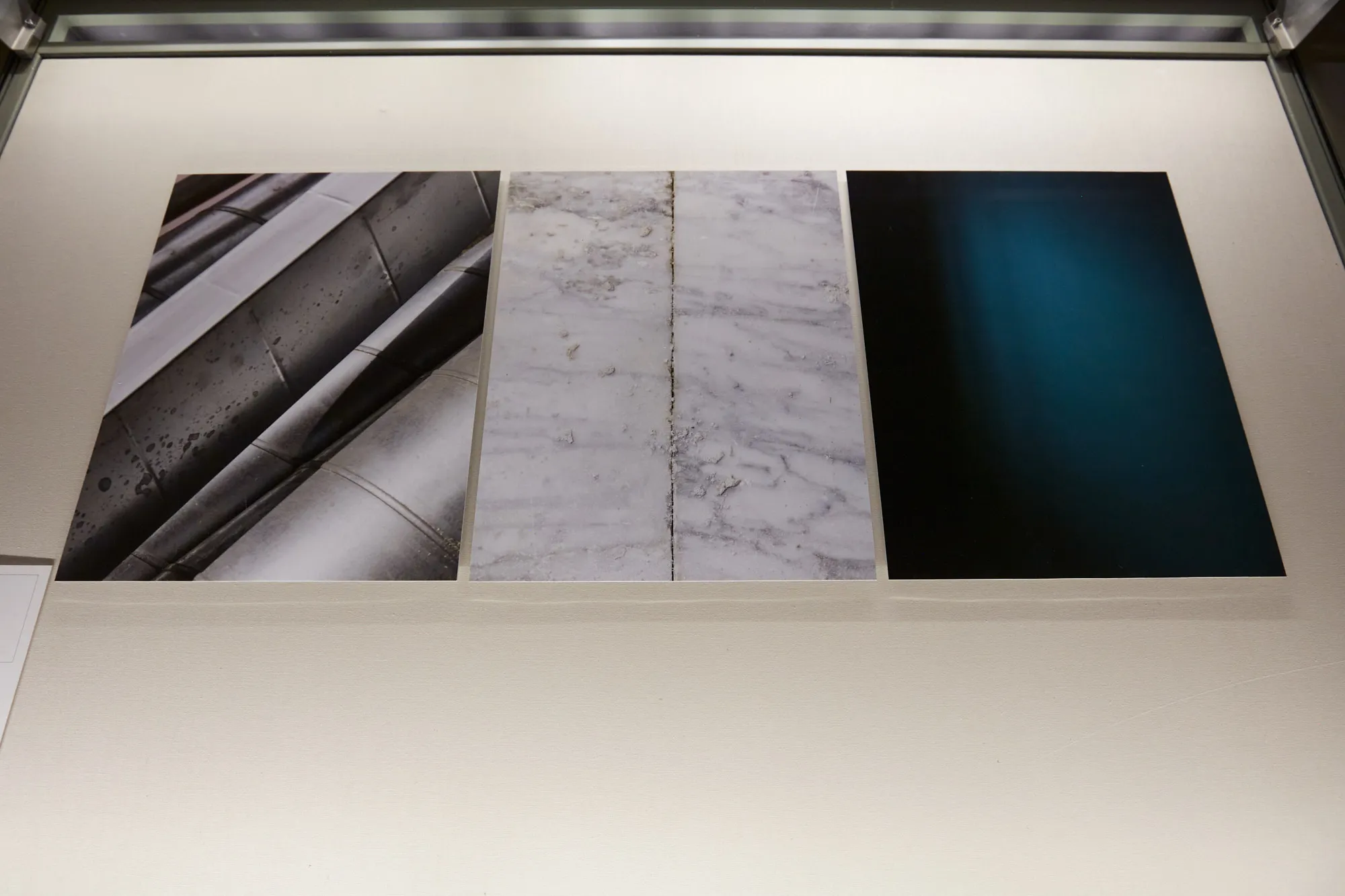
One photograph was, according to almost everyone, emotional, whereas another, was rational. Nevertheless, there were also a few photographs that the participants disagreed on, and there was not one single photograph on which the subjects were a hundred percent in agreement, so arbitrariness and subjective experience certainly played a role. But for both the participants and ourselves, it was particularly surprising to see just how much the test subjects agreed with one another.
So, in this artist’s book, in collaboration with designer Welmer Keesmaat, we have brought together the forty photographs judged most rational and the forty judged most emotional – the outcome of the investigation was the deciding factor in this selection.
The opening photograph of the book – in the emotional section – is the one deemed to be most emotional, after which the photographs were judged as less and less emotional. The second part – rational – begins with the most rational photo, after which that also diminishes. Designer Keesmaat has inserted a blank page here and there to introduce some calm.
At the back of the book, you can discover exactly to what extent each photograph has been categorised as emotional or rational.
We leave it to you to make your personal interpretation of the reasons why the test subjects jointly arrived at their particular classifications.
Robin van Emden, june 2021
